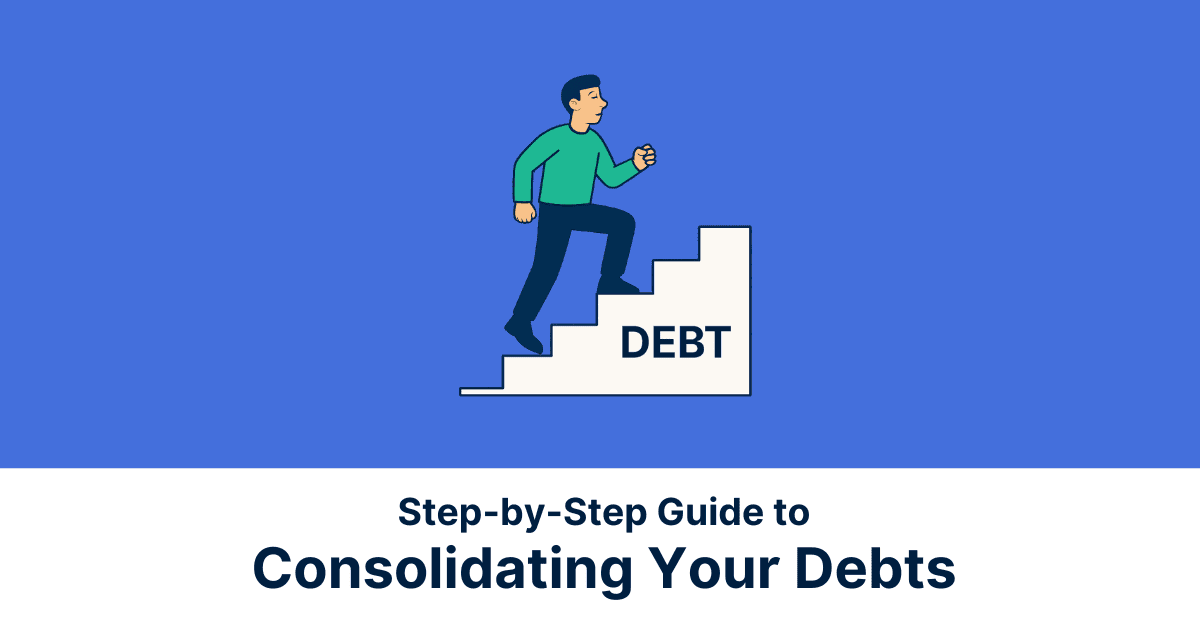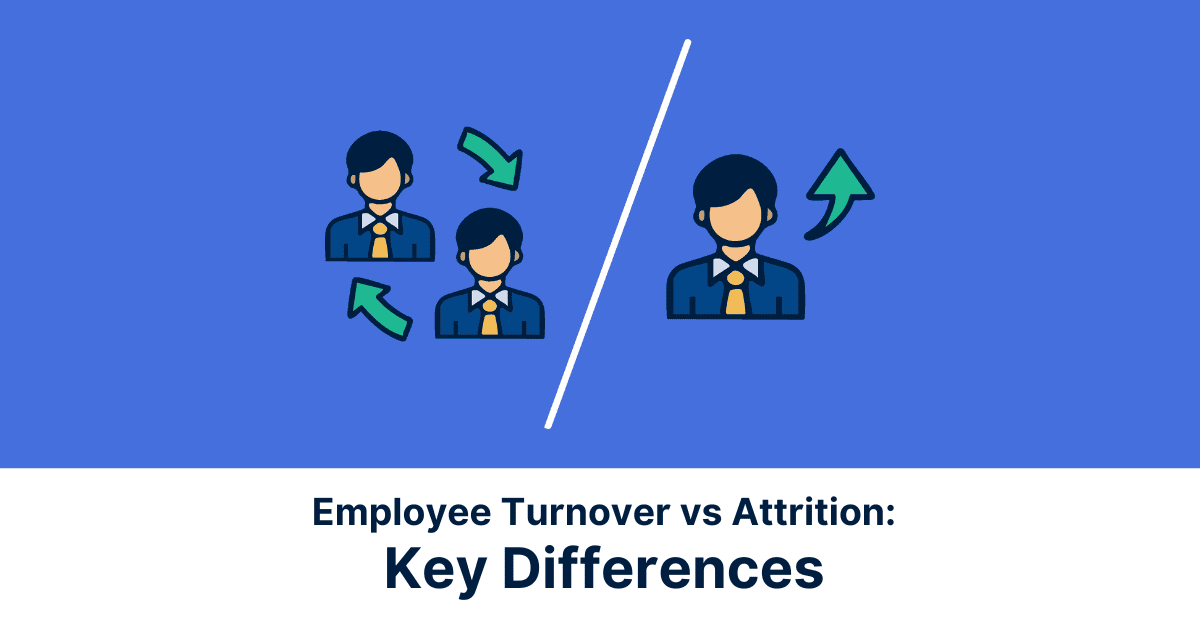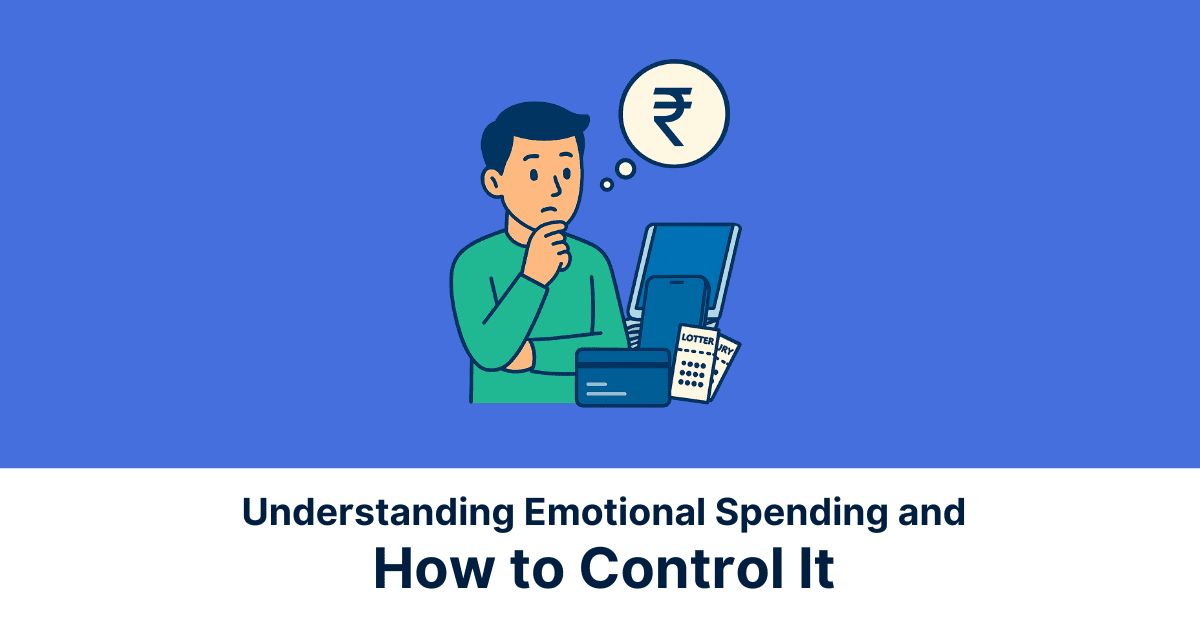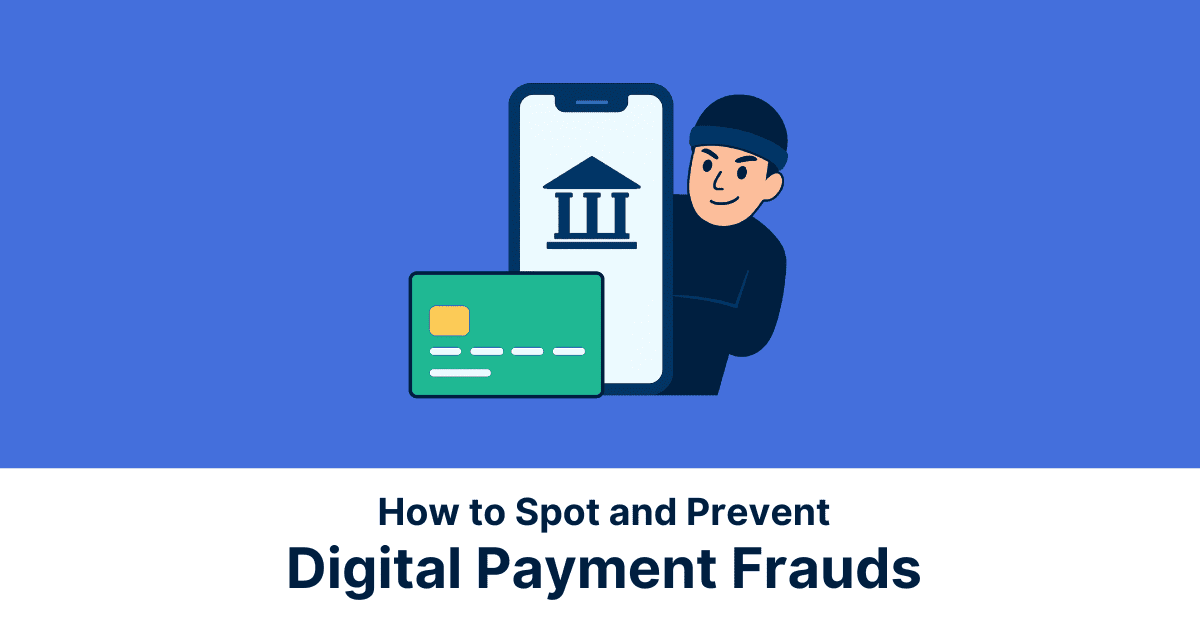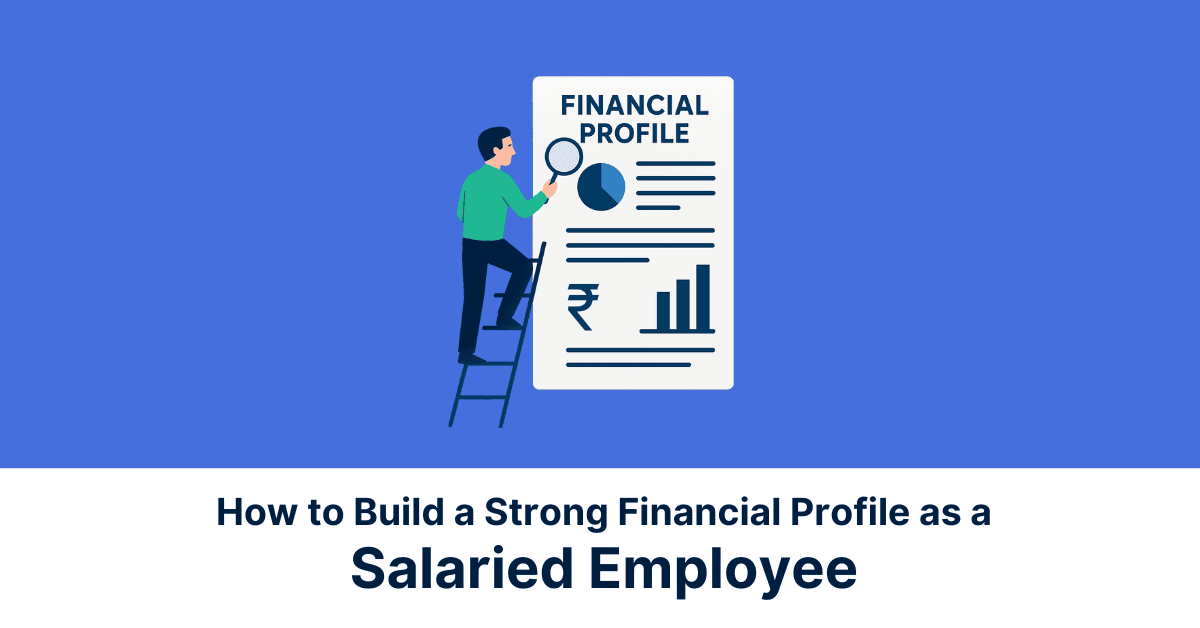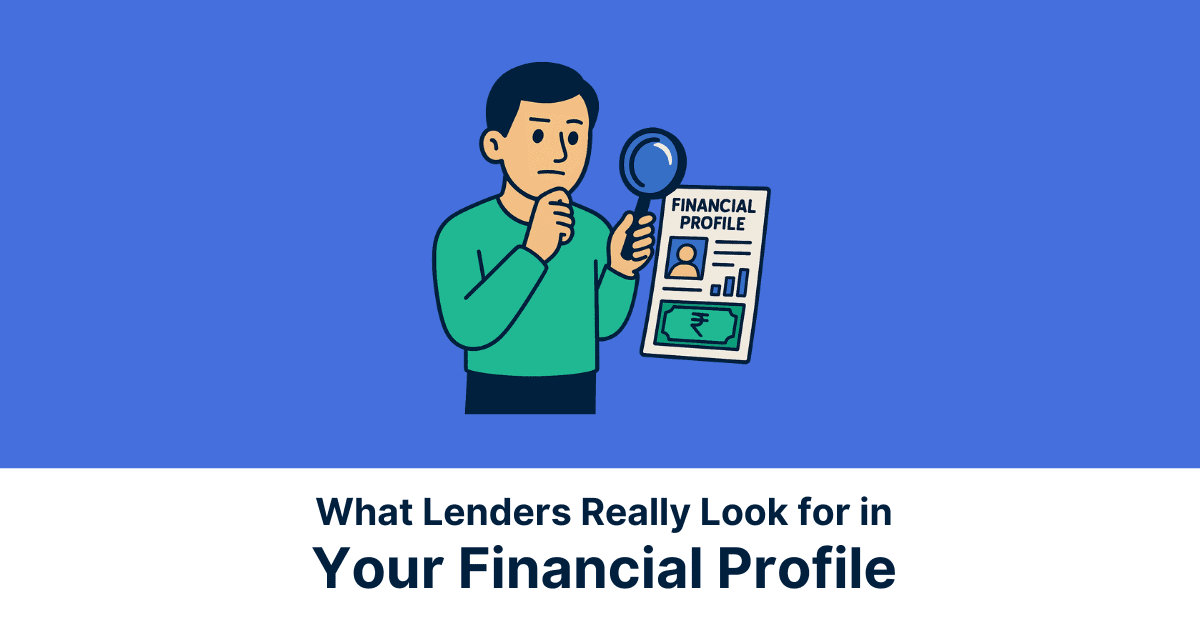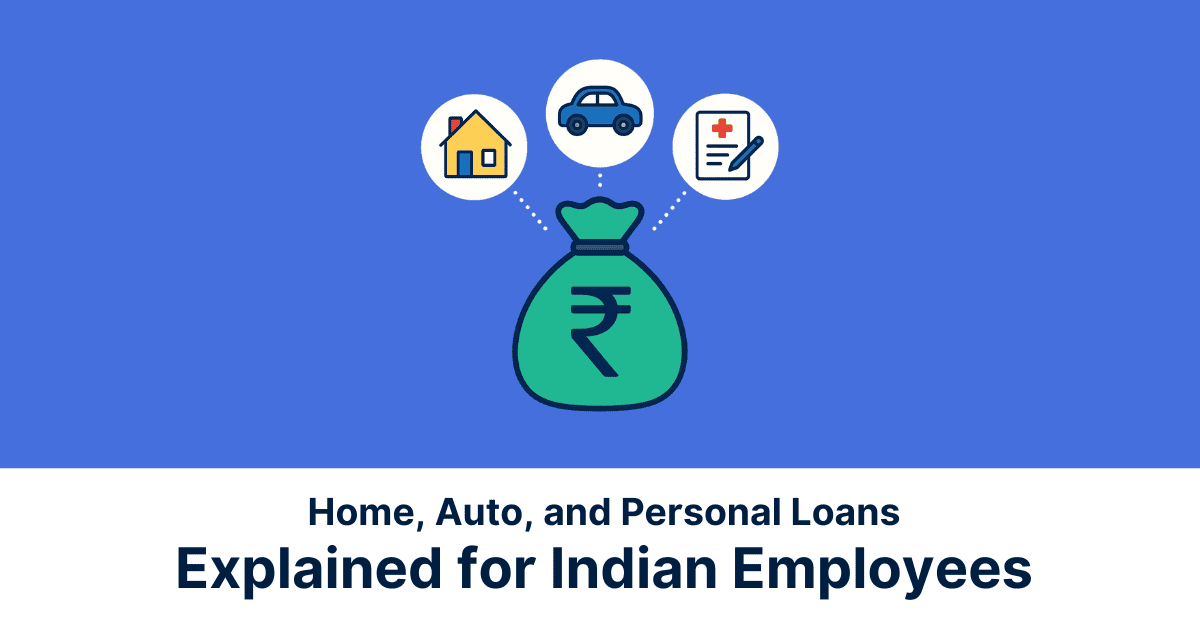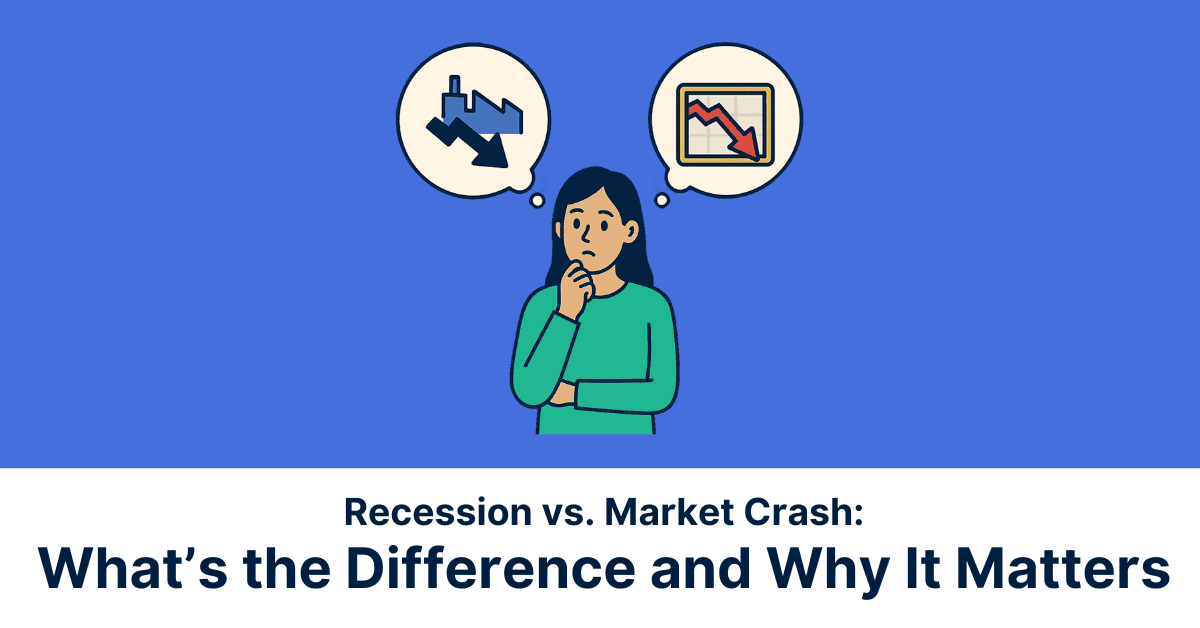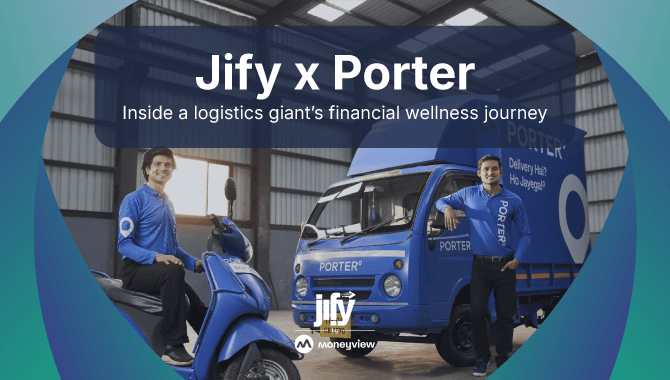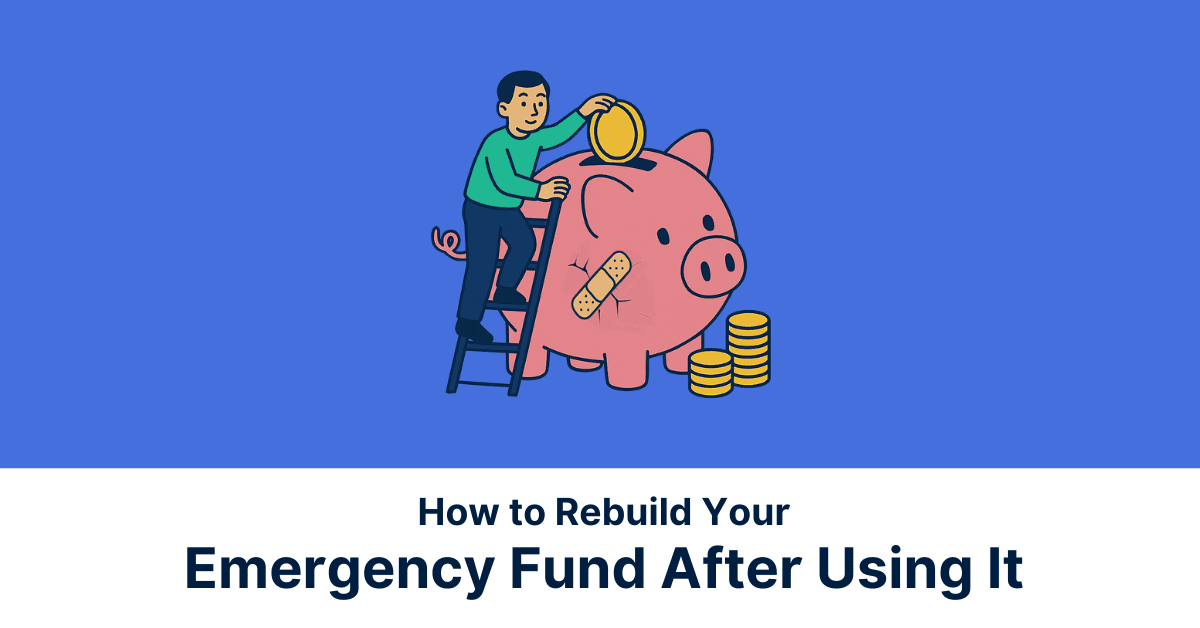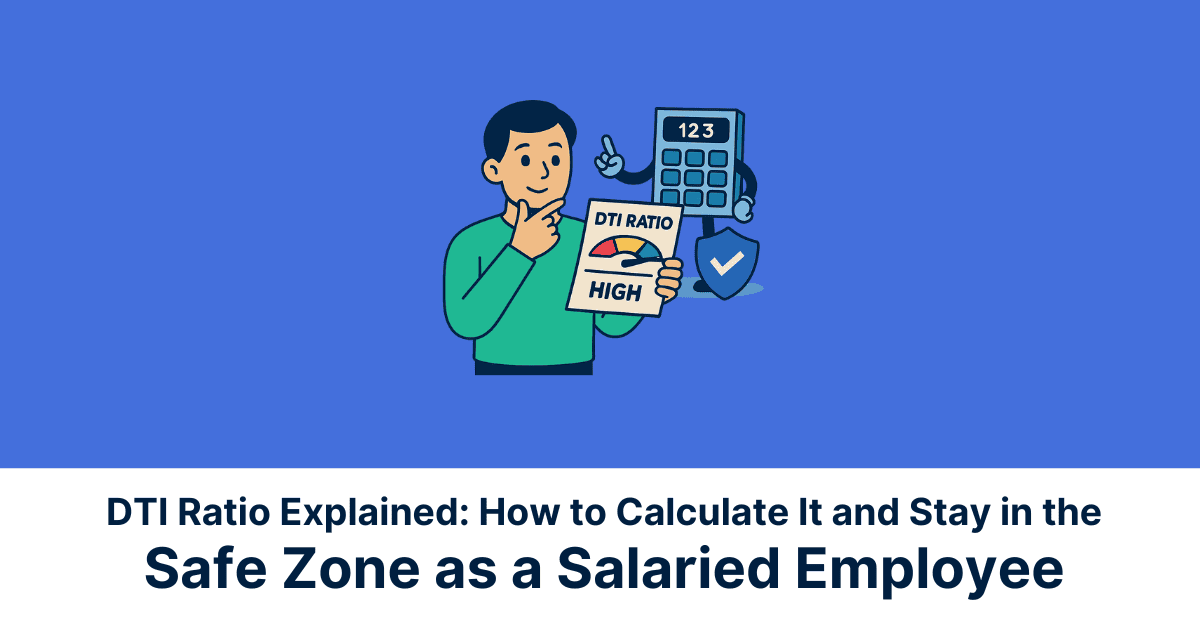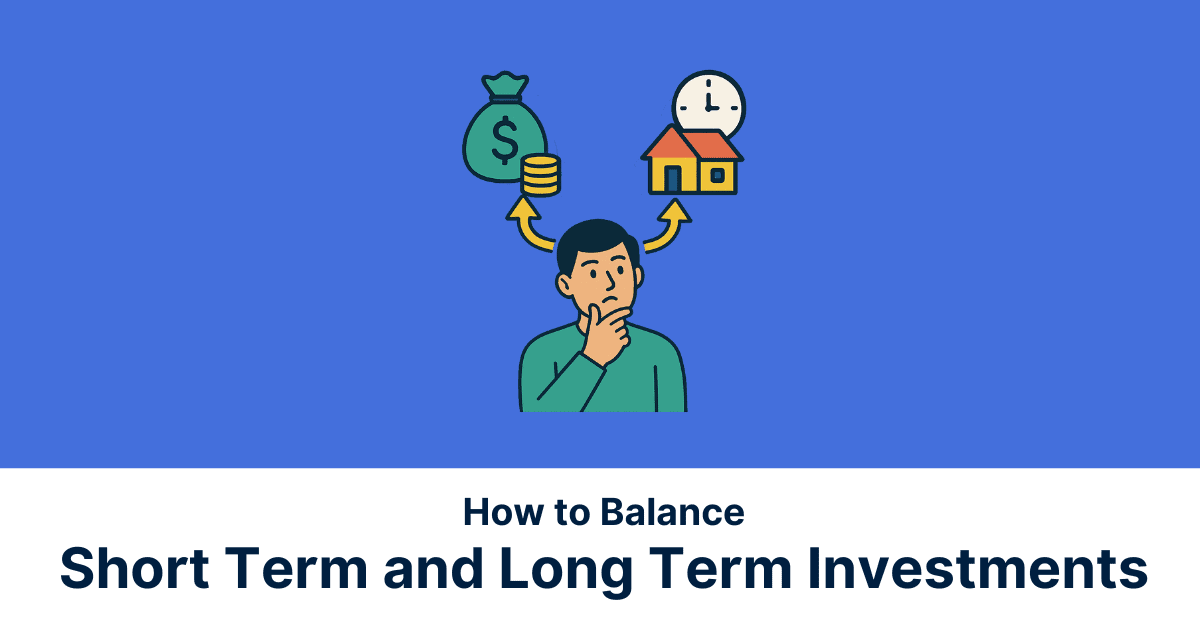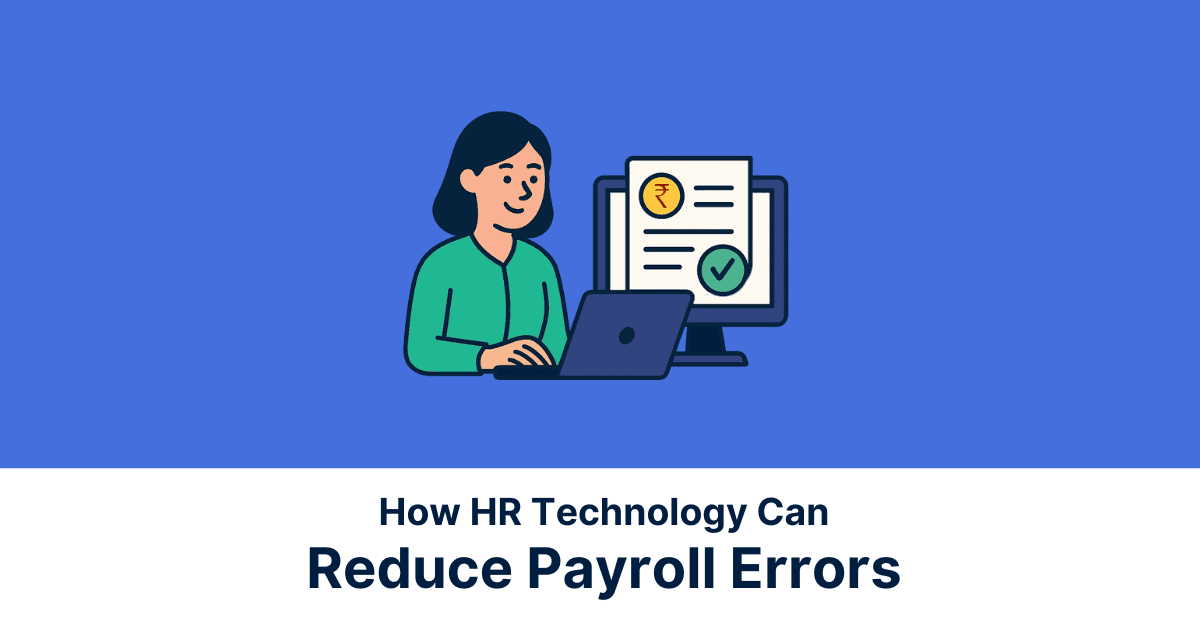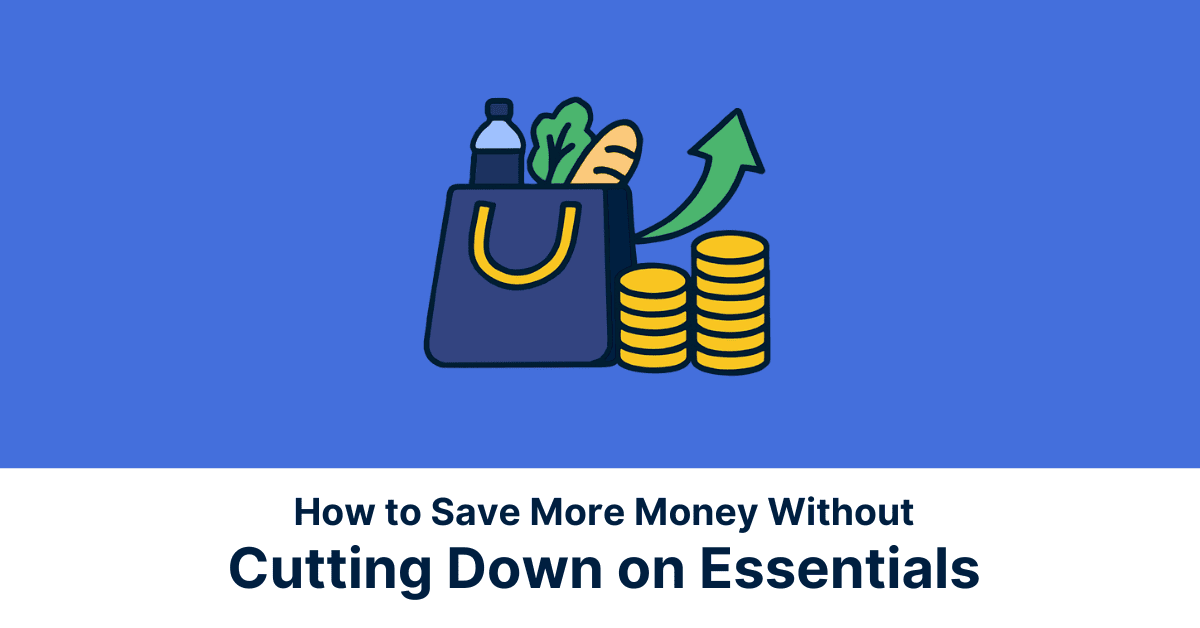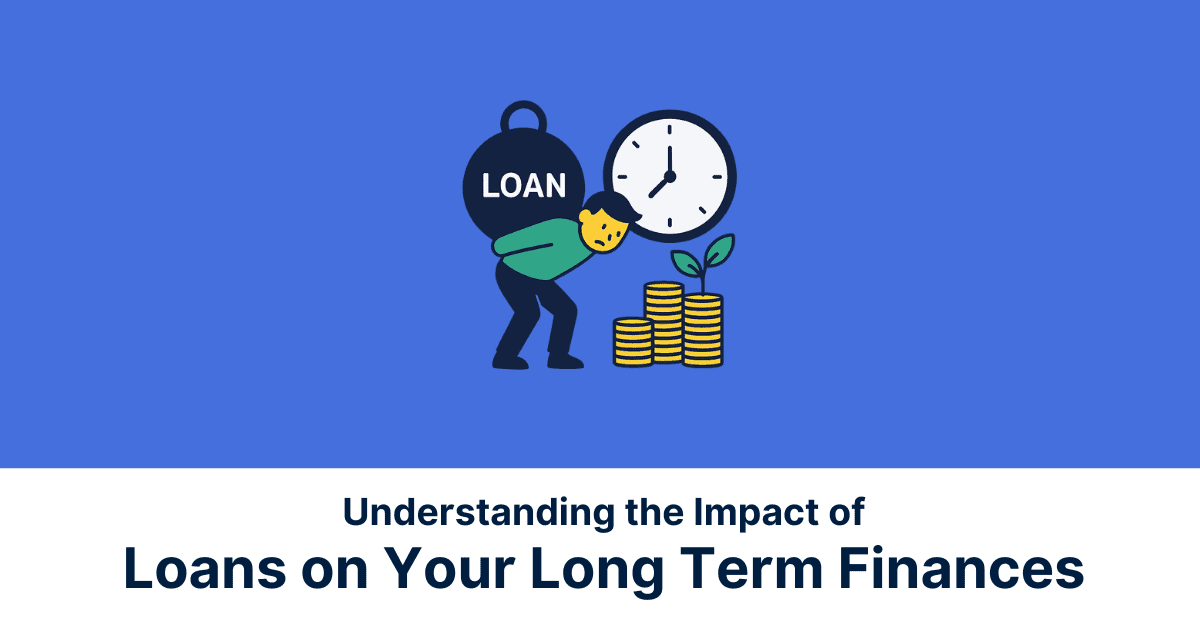Juggling multiple EMIs can quickly become overwhelming, leaving you stressed and financially stretched. That’s where debt consolidation steps in, streamlining payments into one manageable plan. The key lies in finding the best way to consolidate debt without hurting credit, ensuring structured repayment while safeguarding your score.
Household debt in India has been steadily rising, with 2024–2025 figures showing it at nearly 37–42% of GDP, a sharp increase from just 8% in 2010–11. This surge highlights the growing need for smarter repayment strategies.
Read on, as we break down the best way to consolidate debt without hurting credit. You’ll learn how to consolidate all loans into one and explore debt consolidation options.
What is Debt Consolidation?
Debt consolidation is the process of combining multiple existing loans or credit card dues into a single loan, so you only make one payment each month instead of juggling several EMIs. The goal is to simplify repayments, reduce financial stress, and in some cases, lower your overall interest burden. For example, if you’re paying off three different credit cards at high interest rates, you can opt for a personal loan for debt consolidation at a lower rate and clear those balances. Another option is a balance transfer, where you move your outstanding credit card dues to a new card offering a low or zero interest period.
Similarly, a top-up loan on your home loan or personal loan can help you repay smaller debts. By consolidating, you create a structured repayment plan that’s easier to manage and less damaging to your credit.
Signs You Should Consider Consolidating Your Debt
Juggling Multiple EMIs and Repayment Dates
When you’re handling several loans or credit cards, each with different repayment dates, it’s easy to lose track of deadlines. Even with reminders, managing scattered due dates often leads to confusion and missed payments. A single late payment can result in penalties, late fees, and additional interest charges, further increasing your financial burden.
More importantly, repeated delays negatively affect your credit score, making it harder to access affordable credit in the future. Consolidating debts into one EMI streamlines repayment, reduces the risk of missed deadlines, and helps maintain financial discipline without added stress.
High-Interest Outflows with No Reduction in Debt
When most of your monthly salary goes toward paying interest on loans or credit cards, it leaves little impact on the actual principal balance. This creates a cycle where you keep paying, but your debt barely shrinks. High-interest rates, especially on credit cards or unsecured loans, consume a large portion of income, leaving less for essentials or savings. Over time, this constant outflow causes financial strain, frustration, and slow progress toward becoming debt-free.
Consolidating debts at a lower interest rate allows more of your payment to go toward reducing principal, helping you clear balances faster and regain financial stability.
Best Ways to Consolidate Loans Without Harming Your Credit
Personal Loan for Debt Consolidation
A personal loan is one of the most effective ways to consolidate multiple debts into a single structured repayment. Instead of juggling several EMIs with varying interest rates, you can take one personal loan to clear all outstanding balances. This way, you only need to track one fixed EMI each month, making budgeting easier and reducing the risk of missed payments.
Personal loans usually come with fixed tenures and predictable repayment schedules, giving you clarity on when the debt will be closed. Minimal paperwork, quick approvals, and competitive interest rates from banks or NBFCs make them accessible. Choosing a personal loan at a lower rate ensures more of your payment goes toward reducing the principal, helping you achieve debt freedom faster.
Use a credit card balance transfer
If your main challenge is high-interest credit card debt, a balance transfer can provide relief. This option allows you to move your outstanding dues from one or more cards to a new credit card offering low or zero interest for a limited introductory period. By doing so, you save significantly on interest costs and get extra breathing space to pay down your balance.
However, discipline is most important. These offers are temporary, and once the promotional window ends, standard interest rates apply. To maximise benefits, aim to repay the transferred amount within the interest-free period and avoid fresh purchases on the card. When used wisely, such balance transfers can reduce financial stress without damaging your credit score and accelerate debt repayment.
Top-Up on Existing Secured Loans
If you already have a secured loan, such as a home loan, and maintain a good repayment record, opting for a top-up loan is a smart way to consolidate debts. Since these are secured against your property, lenders usually offer lower interest rates compared to personal loans or credit cards.
The process is faster because your relationship and creditworthiness are already established. A top-up loan can be used to pay off high-interest debts, freeing you from the burden of multiple EMIs. However, it’s essential to borrow only what you need and ensure timely repayment to avoid jeopardising your collateral.
Maintain Payment Discipline During the Switch
When transitioning to a debt consolidation plan, it’s critical to maintain payment discipline. Until your new loan or transfer is approved and disbursed, continue making at least the minimum payments on your existing debts. Missing payments during this period can attract late fees, increase interest charges, and harm your credit score before the consolidation even starts.
Lenders also assess repayment behaviour before approving new credit, so maintaining regular payments demonstrates reliability. Once the consolidation is complete, you can close out those balances with the new loan. Discipline during this interim phase ensures a smooth switch without financial penalties or damage to your credit profile.
Avoid Multiple Loan Applications
While exploring debt consolidation, avoid applying to several banks or NBFCs at once. Every loan application triggers a hard inquiry on your credit report, and too many inquiries within a short span can lower your credit score. Lenders may also view multiple applications as a sign of financial stress, reducing your chances of approval.
Instead, research options carefully, compare interest rates and terms online, and then apply selectively to the institution most likely to meet your needs. Fewer hard inquiries protect your credit score while increasing your odds of securing favourable terms. Being strategic rather than hasty is key to safe debt consolidation.
Don’t Close Old Credit Accounts Too Early
After consolidating debt, it may feel tempting to close older credit card accounts or loan accounts immediately. However, doing so can shorten your credit history and increase your credit utilisation ratio, both of which can negatively impact your credit score.
A long, positive repayment history strengthens your profile, and having multiple accounts with low utilisation reflects responsible credit behaviour. Instead of shutting them down right away, keep older accounts open and use them sparingly to maintain activity. Over time, you can gradually phase them out if necessary. Preserving your credit history and utilisation balance supports a stronger score even after consolidation.
Step-by-Step Plan to Start Consolidating
List All Outstanding Debts with EMIs and Interest
Start by creating a detailed list of all your current debts: credit cards, personal loans, car loans, or any other obligations. Include the outstanding principal, EMI amount, repayment dates, and most importantly, the interest rates. This exercise helps you see the total burden on your income and identify which debts are eating away the most money. With a clear snapshot of your liabilities, you can better evaluate whether consolidation will actually reduce your costs and simplify repayment.
Compare Lenders for Best Interest Rates and Terms
Once you know your total debt picture, explore consolidation options across banks, NBFCs, and fintech lenders. Compare interest rates, processing fees, loan tenure, and prepayment terms. Equally important is checking your eligibility, since factors like credit score and repayment history affect approval. Choosing the right lender ensures you reduce overall costs and avoid hidden charges.
Apply for the Selected Consolidation Loan
After identifying the most suitable lender, apply for your debt consolidation loan. Most institutions allow you to apply either online through their portals or in person at the branch. Submit the required documents, such as income proof, ID, and loan statements, for verification. Once approved, the lender may directly pay off your outstanding debts or transfer the amount to your account. This step officially rolls multiple loans into one structured repayment, giving you clarity and control.
Pros and Cons of Debt Consolidation
Key Benefits:
Debt consolidation helps simplify finances by merging multiple obligations into a single EMI, making repayment easier to track. In many cases, you also secure a lower interest rate compared to credit cards or scattered loans, which means more savings in the long run. With one fixed repayment schedule, budgeting becomes stress-free and more disciplined.
Risks Involved:
Time-consuming tasks like resume screening, skills matching, and application tracking have been drastically reduced by AI automation. It analyses large volumes of candidate data in seconds, identifying top prospects based on predefined role requirements. This allows recruiters to focus their attention on interviewing and decision-making, rather than manual shortlisting.
Conclusion
Debt consolidation isn’t a quick fix; it’s a strategic tool. When done right, it transforms scattered payments into a single, and streamlines your finances. More importantly, it creates financial discipline, prevents missed deadlines, and safeguards your credit health.
Whether it is a personal loan, balance transfer, or top-up, or maintaining repayment discipline, you can turn consolidation into a stepping stone toward debt freedom. The advantage lies in using the relief wisely, avoiding fresh borrowing, and staying consistent with payments. With the right approach, consolidation becomes not just a solution but a long-term financial reset that will help you build a strong financial profile.
Take charge of your financial wellness journey with Jify today. Access expert guidance that can help you optimise your financial goal strategy for both short-term and long-term growth.
*Disclaimer:
The information contained herein is not intended to be a source of advice concerning the material presented, and the information contained in this article does not constitute financial advice. The ideas presented in the article should not be used without first assessing your personal situation or without consulting a professional.
